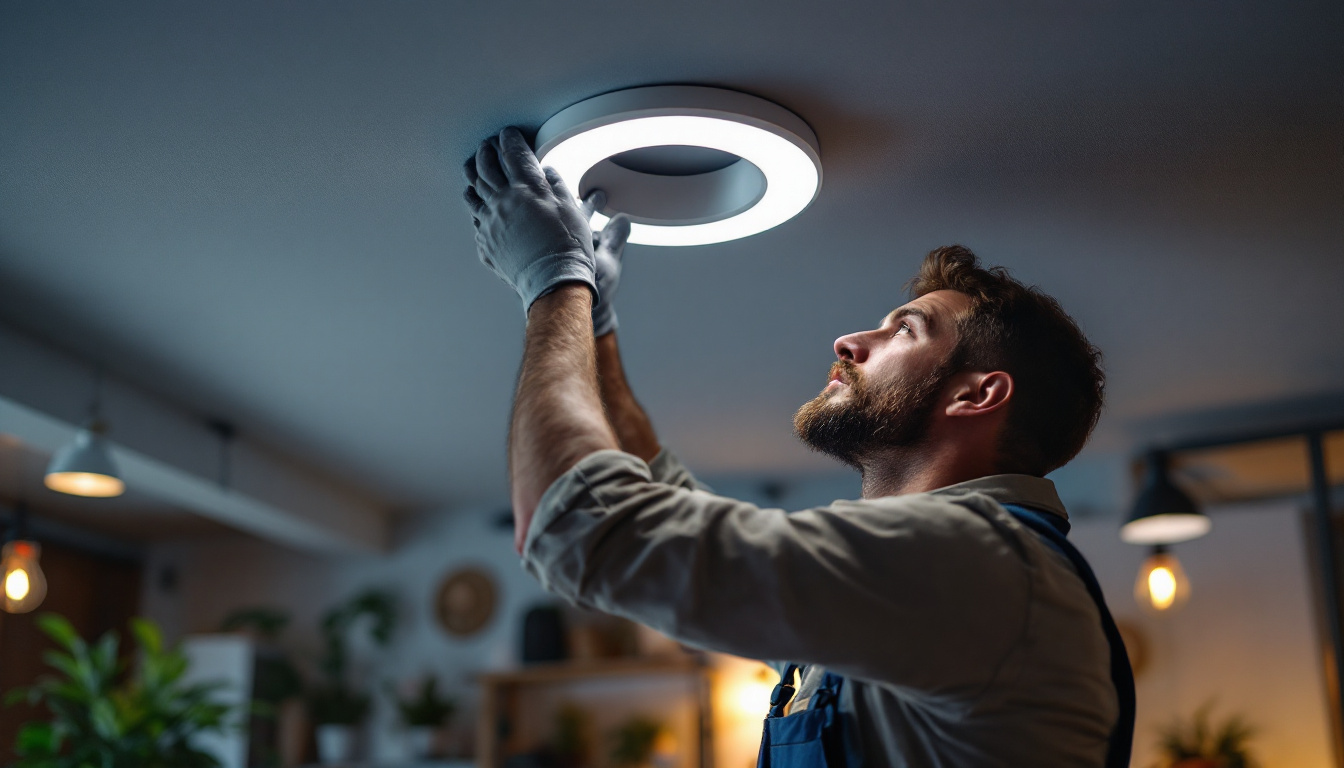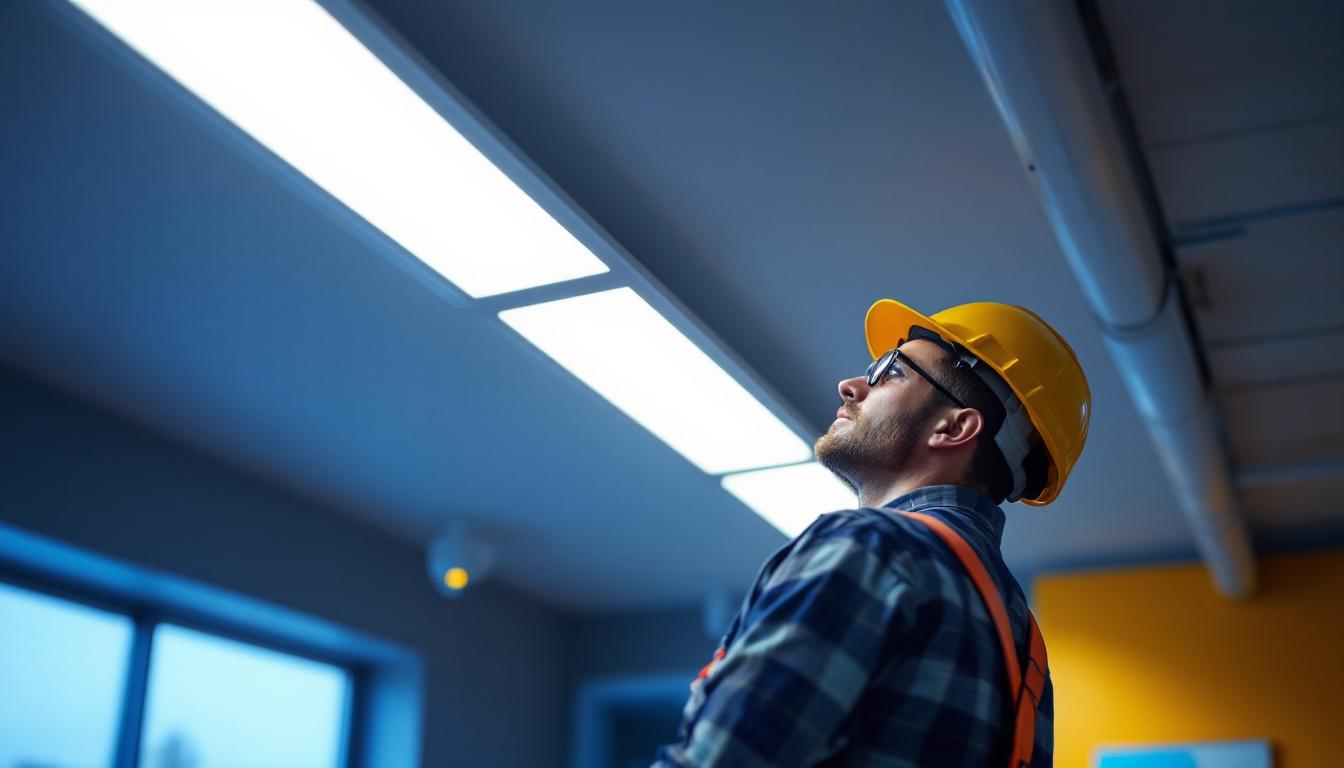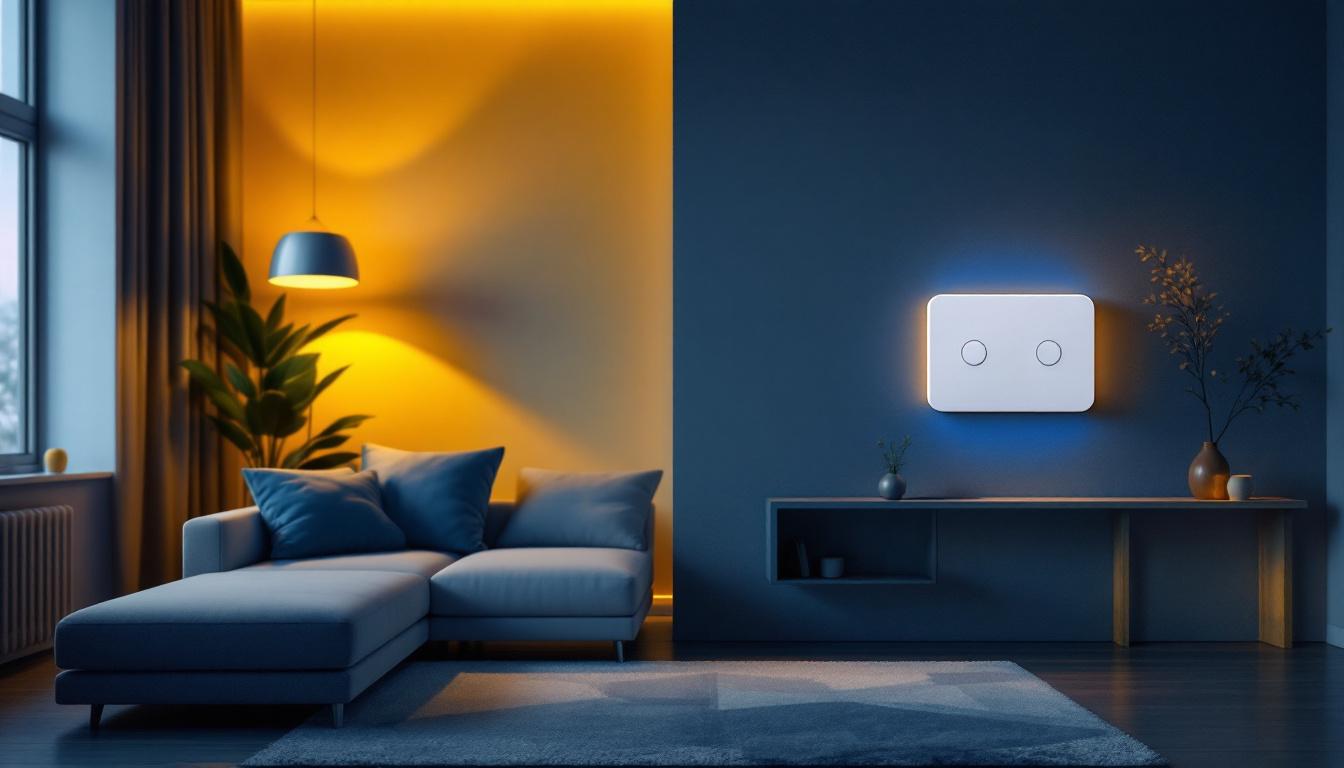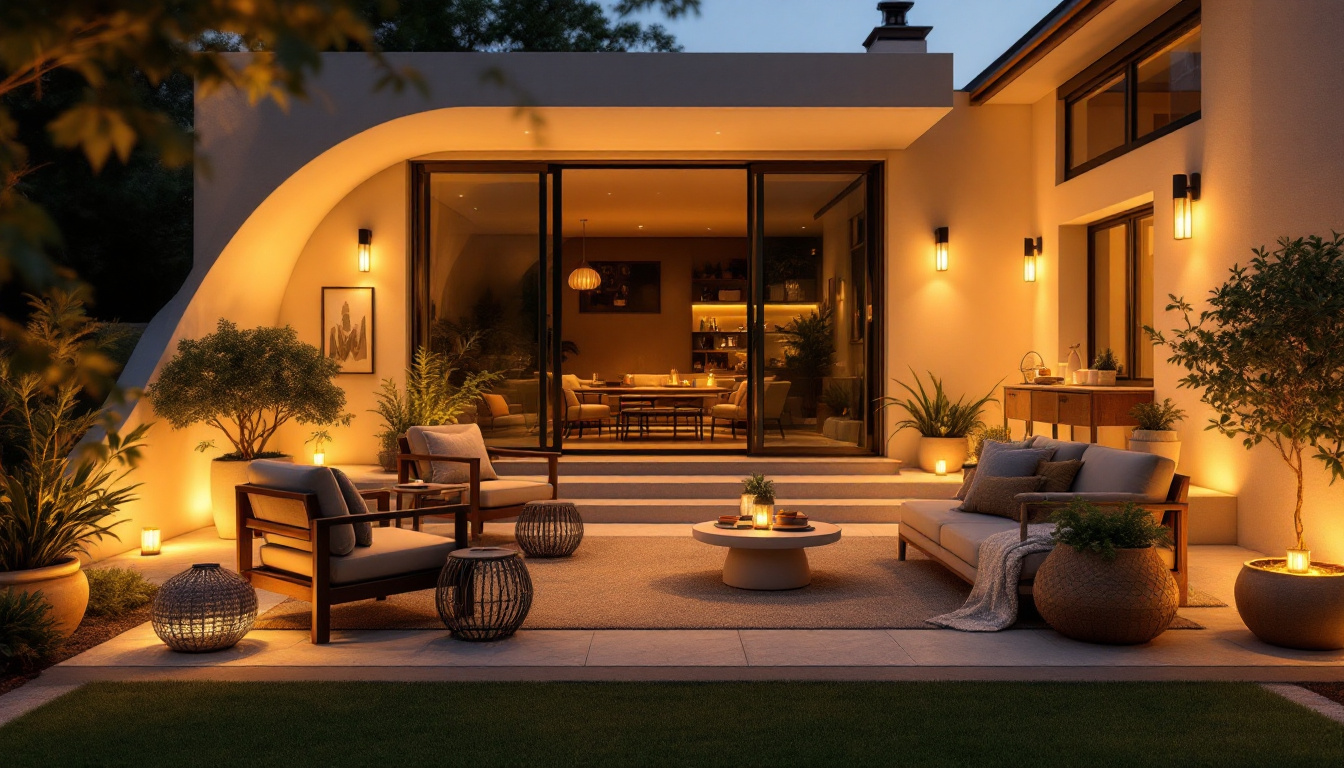
Lighting plays a crucial role in enhancing the aesthetics and functionality of spaces. For lighting contractors, understanding the nuances of LED lights for can fixtures is essential. This article provides expert advice tailored specifically for professionals in the lighting industry, focusing on the benefits, installation techniques, and considerations for using LED lights in can fixtures.
LED, or Light Emitting Diode, technology has revolutionized the lighting industry. Unlike traditional incandescent or fluorescent bulbs, LEDs are more energy-efficient and have a longer lifespan. They emit light when an electric current passes through a semiconductor material, leading to less heat generation and higher efficiency.
One of the primary advantages of LED lights is their energy efficiency. They consume significantly less power compared to traditional lighting options, which translates to lower electricity bills for clients. Additionally, LEDs have a lifespan that can exceed 25,000 hours, reducing the frequency of replacements and maintenance costs. This longevity not only benefits consumers financially but also contributes to a reduction in waste, as fewer bulbs end up in landfills. Moreover, the durability of LEDs makes them resistant to shock and vibration, further enhancing their appeal for various applications, from residential to industrial settings.
LED lights provide excellent color rendering, which is essential for showcasing colors accurately in residential and commercial spaces. The ability to select different color temperatures allows contractors to create the desired ambiance, whether it’s a warm, inviting glow for a living room or a bright, crisp light for a workspace. Furthermore, advancements in LED technology have led to the development of tunable white LEDs, which can adjust their color temperature throughout the day. This feature not only enhances the aesthetic appeal of a space but also supports circadian rhythms, promoting better health and well-being for occupants. The versatility of LEDs extends to their dimmability, allowing users to customize brightness levels to suit various activities and moods, making them an ideal choice for both functional and decorative lighting.
Selecting the appropriate LED lights for can fixtures involves considering several factors. The type of fixture, the intended use of the space, and the desired aesthetic all play a crucial role in making the right choice. With the growing popularity of LED technology, homeowners and designers alike are increasingly aware of how these lights can enhance both functionality and style in various settings.
There are various types of LED lights designed for can fixtures, including retrofit bulbs, integrated LED modules, and LED downlights. Retrofit bulbs are designed to fit into existing fixtures, making them an easy upgrade option. Integrated LED modules, on the other hand, come with built-in drivers and are often more efficient. LED downlights provide a sleek look and can be used in both residential and commercial applications. Each of these options has its own advantages; for instance, retrofit bulbs allow for quick replacements without the need for extensive rewiring, while integrated modules can offer a more streamlined design that reduces clutter in the ceiling. Additionally, some manufacturers now offer smart LED options that can be controlled via smartphone apps, allowing users to adjust brightness and color temperature to suit their preferences or activities.
When selecting LED lights, brightness is measured in lumens. For can fixtures, it’s essential to choose bulbs that provide adequate illumination for the space. Additionally, color temperature, measured in Kelvins, affects the mood of the environment. Warmer temperatures (2700K-3000K) create a cozy atmosphere, while cooler temperatures (4000K-5000K) are more suitable for task-oriented areas. It’s also worth noting that the color rendering index (CRI) is an important factor to consider; a higher CRI means that colors will appear more vibrant and true to life under the light. This is particularly crucial in settings like kitchens or art studios, where accurate color perception is important. Furthermore, layering different color temperatures within a space can create depth and highlight architectural features, making the environment more inviting and visually appealing.
Proper installation is vital to ensure optimal performance and longevity of LED lights in can fixtures. Understanding the installation process can help contractors avoid common pitfalls and achieve the best results.
Before installation, it’s essential to ensure that the can fixture is compatible with LED technology. This may involve removing any existing incandescent or fluorescent bulbs and checking the wiring and socket conditions. If retrofitting, ensure that the existing fixture can accommodate the new LED bulb. Additionally, it’s wise to inspect the housing for any signs of wear or damage, as this can affect the overall performance of the LED lights. Cleaning the fixture thoroughly can also enhance light output and efficiency, as dust and debris can obstruct the light and diminish its effectiveness.
When installing LED lights, attention to wiring is crucial. LED lights typically require a compatible dimmer switch if dimming functionality is desired. Using incompatible dimmers can lead to flickering or reduced lifespan. It’s advisable to use low-voltage LED drivers and ensure that the wiring is up to code to prevent any electrical hazards. Furthermore, it is important to consider the wattage of the LED bulbs being installed. Unlike traditional bulbs, LEDs consume significantly less power, so ensuring that the circuit can handle the total wattage is essential for safe operation. Properly labeling circuits and keeping a detailed record of the installation can also assist in future maintenance and troubleshooting.
While LED lights offer numerous advantages, contractors may encounter challenges during installation and usage. Being aware of these issues and their solutions can enhance the overall experience for both contractors and clients.
Flickering is a common issue that can arise with LED lights, often caused by incompatible dimmers or poor-quality drivers. To resolve this, contractors should recommend high-quality dimmers specifically designed for LED lights. Additionally, ensuring that the driver is compatible with the LED load can eliminate flickering problems. It’s also beneficial to educate clients about the importance of using compatible components, as this knowledge can empower them to make informed decisions when upgrading their lighting systems. Furthermore, some LED manufacturers provide detailed specifications and compatibility lists, which can serve as a valuable resource during the selection process.
Although LEDs generate less heat than traditional bulbs, they still require proper heat dissipation to maintain efficiency and longevity. When installing LED can lights, ensure that there is adequate ventilation around the fixture. Using fixtures with built-in heat sinks can also help manage heat effectively. Additionally, contractors should consider the placement of the lights; areas with limited airflow, such as enclosed ceilings or tight spaces, may require special attention. Implementing thermal management strategies, such as using fans or heat exchangers, can further enhance the performance of LED installations. By addressing heat management proactively, contractors can not only extend the lifespan of the LEDs but also improve the overall energy efficiency of the lighting system, leading to greater satisfaction for clients.
The lighting industry is continuously evolving, with new trends emerging that can influence the choices of lighting contractors. Staying informed about these trends can provide a competitive edge.
smart lighting technology is gaining popularity, allowing users to control their lighting through mobile apps or voice commands. Integrating smart LED lights into can fixtures can enhance the user experience by providing convenience and customization options. Contractors should consider offering smart solutions to clients looking for modern and efficient lighting options.
Color-changing LED lights are becoming increasingly sought after, providing versatility in lighting design. These lights can shift between different colors and color temperatures, allowing for dynamic lighting schemes. Contractors can leverage this trend by showcasing the benefits of color-changing LEDs in residential and commercial projects.
Encouraging clients to conduct regular inspections of their LED can lights can help identify potential issues early. Checking for any signs of flickering, dimming, or discoloration can prevent more significant problems down the line. Simple maintenance tasks, such as cleaning the fixtures, can also enhance light output and efficiency.
As technology advances, upgrading components such as drivers or dimmers may be necessary to keep up with the latest standards. Contractors should stay informed about new products and technologies that can improve the performance of existing installations. Offering upgrade services can also create additional revenue opportunities.
LED lights for can fixtures present a myriad of opportunities for lighting contractors. By understanding the technology, making informed choices, and staying updated on industry trends, contractors can provide exceptional service to their clients. The shift towards LED lighting is not just a trend; it’s a sustainable and efficient solution that enhances the quality of light in any space.
Embracing this technology, while being mindful of installation techniques and maintenance, will ensure that contractors remain at the forefront of the lighting industry. The future of lighting is bright, and with the right knowledge and expertise, lighting contractors can illuminate spaces in innovative ways.
Ready to elevate your lighting projects with the efficiency and quality of LED lights for can fixtures? Look no further than LumenWholesale, where we provide lighting contractors with the best selection of spec-grade lighting products at unbeatable wholesale prices. Our commitment to cutting out the middleman means you get the superior lighting you need without the inflated markups. With our extensive selection that meets the highest industry standards, you can trust that your projects will shine with reliability and high performance. Plus, with the convenience of free shipping on bulk orders, you can enjoy premium lighting solutions at the best value — no hidden fees, no compromises. Take advantage of the perfect blend of quality, affordability, and convenience today. Visit LumenWholesale for Wholesale Lighting at the Best Value and start transforming your lighting installations now.

Discover how 2×4 LED troffer lights are revolutionizing the lighting industry by enhancing efficiency and reducing costs for contractors.

Discover the common pitfalls lighting contractors face when installing three-way wall switches.

Discover essential tips for selecting and installing a dimmable LED switch with remote control.

Discover the must-have lighting solutions for transforming outdoor patios into enchanting retreats.